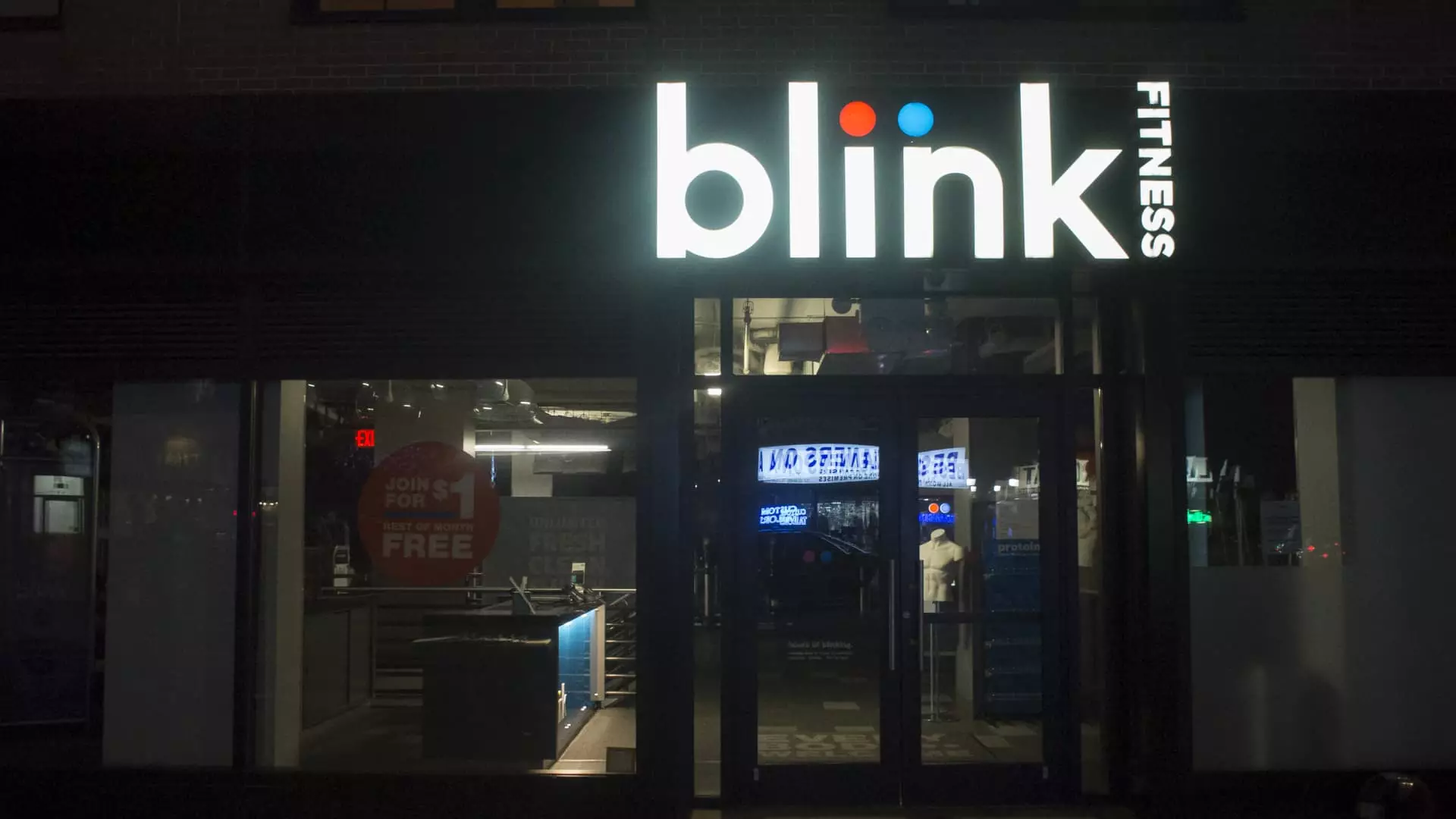The news of Blink Fitness filing for Chapter 11 bankruptcy protection is a clear indication of the financial struggles faced by companies in the fitness industry post-pandemic. With the closure of gyms and fitness centers during lockdowns, many companies have been hit hard, leading to bankruptcy filings and restructurings. Blink Fitness, with over 100 centers in the U.S., has become the latest casualty in this trend, following in the footsteps of other chains like New York Sports Club, 24 Hour Fitness, and Gold’s Gym.
In a statement released by Blink Fitness, CEO and president Guy Harkless emphasized the importance of using the court-supervised process to optimize the company’s footprint and effectuate a sale of the business. This strategy suggests that Blink Fitness is looking to streamline its operations, reduce its liabilities, and attract potential buyers to acquire the business. By continuing to operate its fitness centers during the sale process, Blink Fitness is hoping to maintain its presence in the market and retain its customer base.
Equinox Group, the luxury fitness company that owns Blink Fitness, has also been taking steps to improve its financial position. With brands like Equinox, SoulCycle, and Pure Yoga under its umbrella, the company completed a $1.8 billion funding round earlier this year to refinance its debt. Despite the challenges posed by the pandemic, Equinox reported a revenue increase of 27% in 2023 and has seen membership levels almost fully return to pre-pandemic levels. The company’s current pipeline includes plans to open new locations globally, indicating its confidence in the long-term viability of the fitness industry.
A recent CNBC/Generation Lab Youth and Money Poll highlighted the varying levels of spending on exercise and fitness among Americans aged 18 to 34. The poll revealed that approximately one-third of respondents in this age group spend between $1 and $50 a month on exercise, while nearly half report spending “nothing at all” on fitness. This data underscores the importance of offering affordable fitness options like Blink Fitness and Planet Fitness to cater to a diverse range of consumer preferences and budgets.
Blink Fitness, with its membership fees ranging between $17 and $39 per month, competes directly with other budget gym chains like Planet Fitness. Despite facing financial challenges, Planet Fitness managed to report strong membership growth of 7% year over year in the second quarter, reaching a total of 19.7 million members. The company’s decision to raise the price of its base membership to $15 per month in June has not deterred members from joining, as evidenced by the recent surge in its share price to a 52-week high.
The bankruptcy filing by Blink Fitness serves as a sobering reminder of the financial obstacles faced by companies in the fitness industry. As the industry continues to evolve in response to changing consumer behaviors and market conditions, companies must adapt their business models to remain competitive and resilient. The success of companies like Planet Fitness in attracting and retaining members during challenging times demonstrates the importance of offering affordable and accessible fitness options to meet the diverse needs of consumers.

